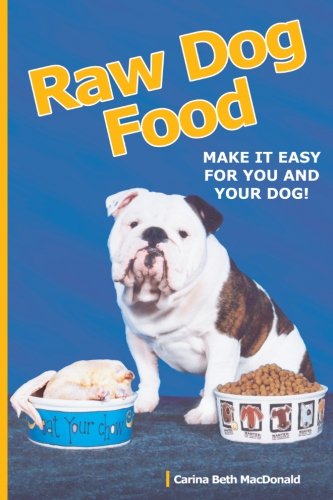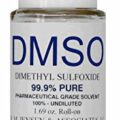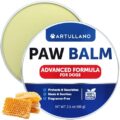Raw dog food is gaining popularity among pet owners. It promises a healthier diet for dogs.
More pet owners are considering raw dog food for its potential health benefits. This diet consists of uncooked meats, bones, and organs. Supporters believe it mimics a dog’s natural diet. They claim it can improve coat condition, energy levels, and overall health.
Yet, it’s essential to understand both the benefits and risks. Raw dog food can introduce bacteria if not handled properly. It’s important to consult with a vet before making any dietary changes. This blog post will explore the pros and cons of raw dog food. It aims to provide clear information to help you decide if it’s right for your dog.
Also Read
Buying Guide On Raw Dog Food
raw dog food buying guide
1. Understand your dog’s needs
every dog has unique dietary needs. Consider your dog’s age, weight, and activity level. Puppies need more protein. Senior dogs need easy-to-digest foods. Active dogs need more calories.
2. Check the ingredients
quality ingredients are crucial. Look for whole meats like chicken or beef. Avoid fillers like corn or soy. Vegetables and fruits add essential vitamins.
3. Choose the right type
raw dog food comes in different forms. You can find frozen, freeze-dried, and fresh. Each has its benefits. Frozen is closest to fresh. Freeze-dried is convenient for travel.
4. Ensure nutritional balance
a balanced diet is key. Look for foods that meet aafco standards. This ensures complete nutrition. Protein, fat, and fiber should be balanced.
5. Consider your budget
raw dog food can be pricey. Compare prices of different brands. Sometimes, buying in bulk saves money. Homemade options can also be cost-effective.
6. Think about convenience
ease of preparation matters. Frozen food needs thawing. Freeze-dried food needs water. Fresh food needs immediate use. Choose what fits your lifestyle.
7. Read reviews
customer reviews offer insights. Look for consistent positive feedback. Watch for complaints about quality or recalls. Reviews can guide your choice.
8. Consult your vet
always check with your vet. They know your dog’s health best. They can recommend suitable options. Safety and health come first.
9. Transition slowly
switching foods can upset stomachs. Gradually mix old and new food. Increase the new food over a week. This helps prevent digestive issues.
10. Monitor your dog’s health
watch for changes in behavior or health. Improved energy or coat shine are good signs. Any negative changes should be discussed with your vet.
Conclusion
Feeding your dog raw food can offer numerous benefits. It can improve their coat, energy levels, and overall health. Some dogs may experience fewer allergies and better digestion. Always consult with your vet before making any changes to your dog’s diet.
They can help you ensure it is balanced and safe. Preparing raw meals at home requires careful planning. It is important to include all necessary nutrients. Pre-made raw food options are also available. These can save time and effort. Remember to handle raw meat safely to avoid contamination.
Store it properly and wash your hands after preparing. Your dog’s health and happiness are worth the extra effort. By choosing raw food, you are taking a step towards their well-being. Make informed choices and enjoy the positive changes in your furry friend’s life.
























